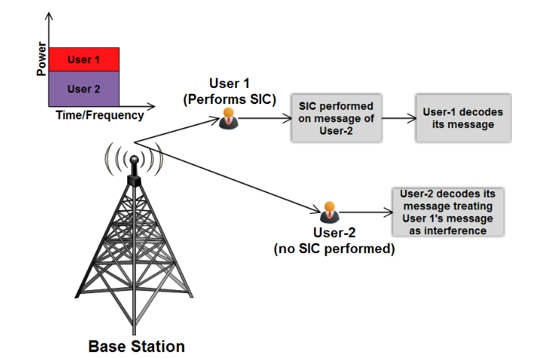Performance Analysis of Orthogonal Multiple Access and Non-Orthogonal Multiple Access
Keywords:
Orthogonal Multiple Access, Non-Orthogonal Multiple-Input Multiple-Output, Bit Rate, Energy, Spectral EfficiencyAbstract
Non-orthogonal multiple access (NOMA) as one of the upcoming and promising multiple access technologies has a significant impact on the development of the 5G wireless communication systems. A detailed description of downlink system model is illustrated by using mathematical equations. Multiple-input multiple-output (MIMO) communications with multi-user is a promising technology for optimizing overall system throughput, based on number of BS transmit antennas and total number of receive antennas at the user ends in the cell, each user is provided by one or multiple beams in downlink multiuser MIMO. In MIMO-NOMA channel gains are assembled into groups. This paper discusses the concept of non-orthogonal multiple access (NOMA) scheme for the future radio access for 5G to provide the fundamentals of the technique for downlink channel and then discuss optimizing the network capacity under fairness constraints. also further discuss the impacts of number of users on the performance of NOMA networks.





